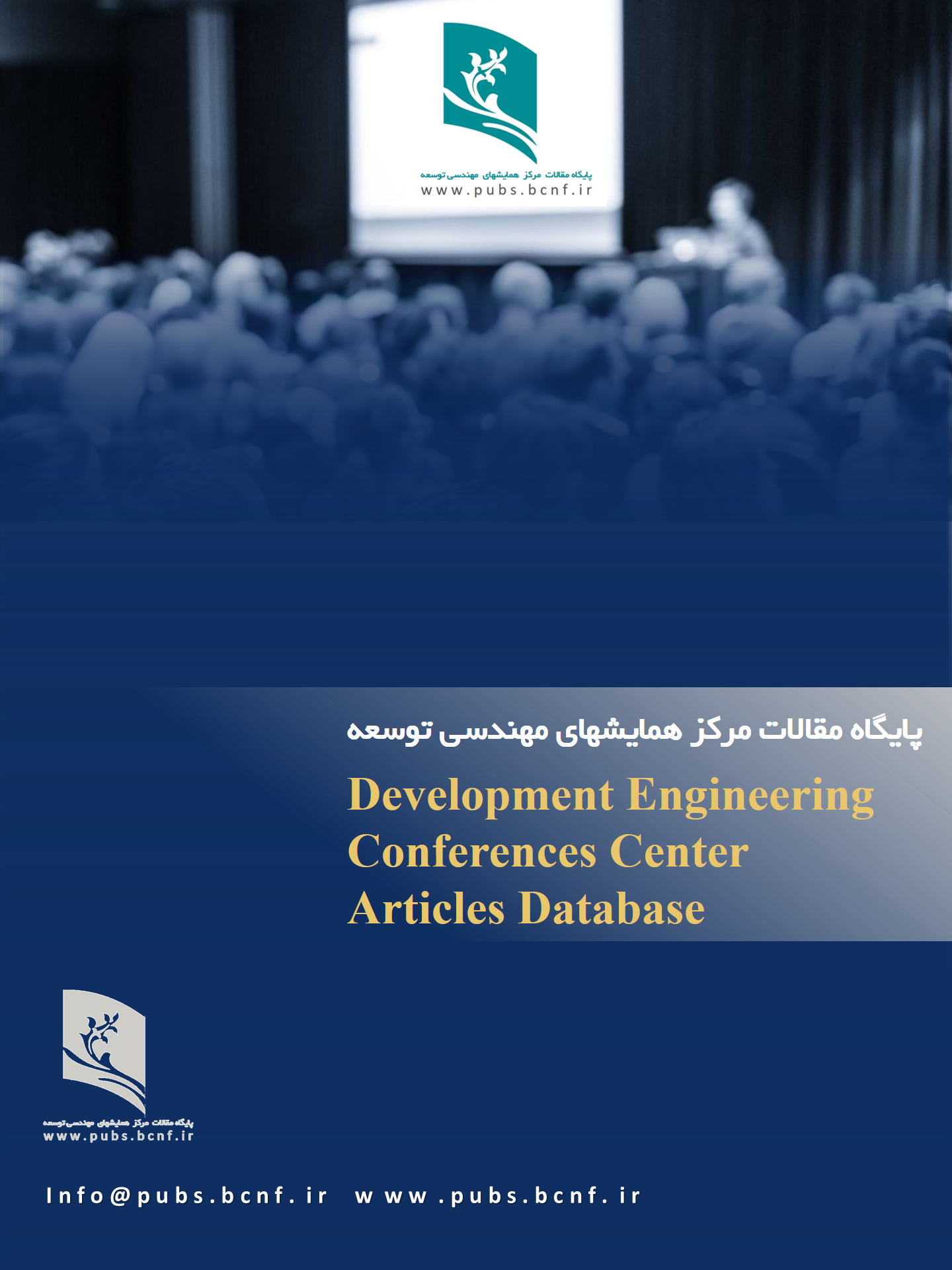Solving Load Distribution Problem Using Neural Network for Voltage Stability Assurance and Determining System Loadability
Keywords:
Neural Network, Load Distribution, Voltage Stability, Power Flow Problem, Backpropagation ArchitectureAbstract
This paper offers an exhaustive analysis and assessment of resolving the power flow problem within a 30-bus power transmission and distribution network using a fully connected neural network design. Our objective is to educate a neural network to efficiently ascertain the system's loadability threshold, voltage stability margin, and minimum voltage magnitude within the shortest timeframe possible. The significance of addressing load distribution hurdles in power transmission and distribution grids has become increasingly evident in recent times. Given the escalating demand for electricity and the escalating intricacy of power infrastructures, effective load distribution governance plays a pivotal role in ensuring the stability and dependability of the grid. Initially, we introduce fundamental neural network concepts along with the fully connected architecture. Subsequently, we meticulously outline the stages involved in analyzing and evaluating the neural network, encompassing data collection, network model selection, determination of layer and neuron quantities, activation and cost function definition, training using training data, testing data assessment, and fine-tuning of weights and biases. Finally, by presenting a practical case study of resolving the power flow problem and simulating it using MATLAB, we embark on an in-depth examination of the fully connected neural network architecture. This simulation enables us to conduct a more meticulous appraisal of the network's real-world performance and functionality, thereby evaluating the acquired outcomes. Through this investigation, we underscore the indispensable role of neural networks in propelling artificial intelligence technology forward and contribute to advancements in allied domains
Downloads
References
[1] S. N. Fallah, R. C. Deo, M. Shojafar, M. Conti, and S. Shamshirband, "Computational intelligence approaches for energy load forecasting in smart energy management grids: state of the art, future challenges, and research directions," Energies, vol. 11, no. 3, p. 596, 2018.
[2] D. Solyali, "A comparative analysis of machine learning approaches for short-/long-term electricity load forecasting in Cyprus," Sustainability, vol. 12, no. 9, p. 3612, 2020.
[3] J. Zheng, C. Xu, Z. Zhang, and X. Li, "Electric load forecasting in smart grids using long-short-term-memory based recurrent neural network," in 2017 51st Annual conference on information sciences and systems (CISS), 2017: IEEE, pp. 1-6.
[4] O. Rahi, A. K. Yadav, H. Malik, A. Azeem, and B. Kr, "Power system voltage stability assessment through artificial neural network," Procedia Engineering, vol. 30, pp. 53-60, 2012.
[5] R. Wazirali, E. Yaghoubi, M. S. S. Abujazar, R. Ahmad, and A. H. Vakili, "State-of-the-art review on energy and load forecasting in microgrids using artificial neural networks, machine learning, and deep learning techniques," Electric power systems research, vol. 225, p. 109792, 2023.
[6] J. Schmidhuber, "Deep learning in neural networks: An overview," Neural networks, vol. 61, pp. 85-117, 2015.
[7] W. Rawat and Z. Wang, "Deep convolutional neural networks for image classification: A comprehensive review," Neural computation, vol. 29, no. 9, pp. 2352-2449, 2017.
[8] Y. LeCun, Y. Bengio, and G. Hinton, "Deep learning," nature, vol. 521, no. 7553, pp. 436-444, 2015.
[9] P. Wang, W. Li, C. Li, and Y. Hou, "Action recognition based on joint trajectory maps with convolutional neural networks," Knowledge-Based Systems, vol. 158, pp. 43-53, 2018.



